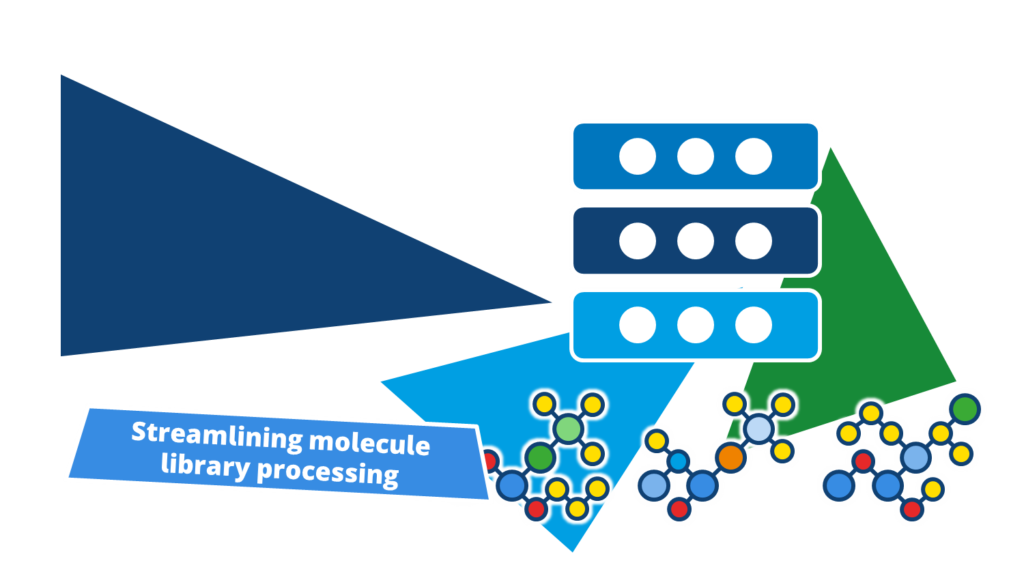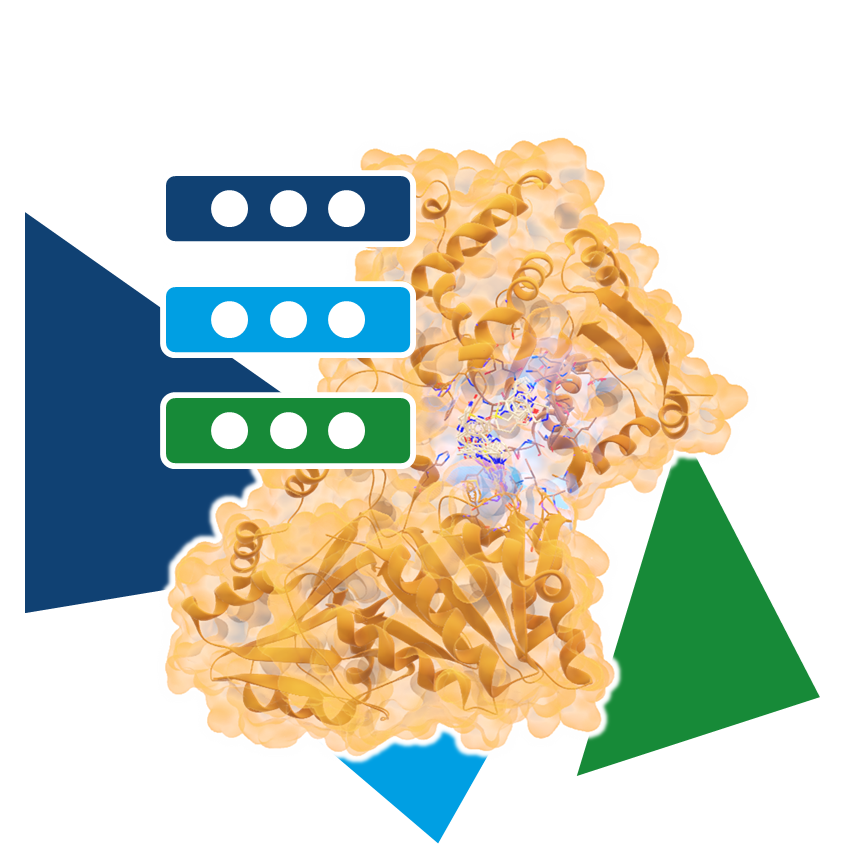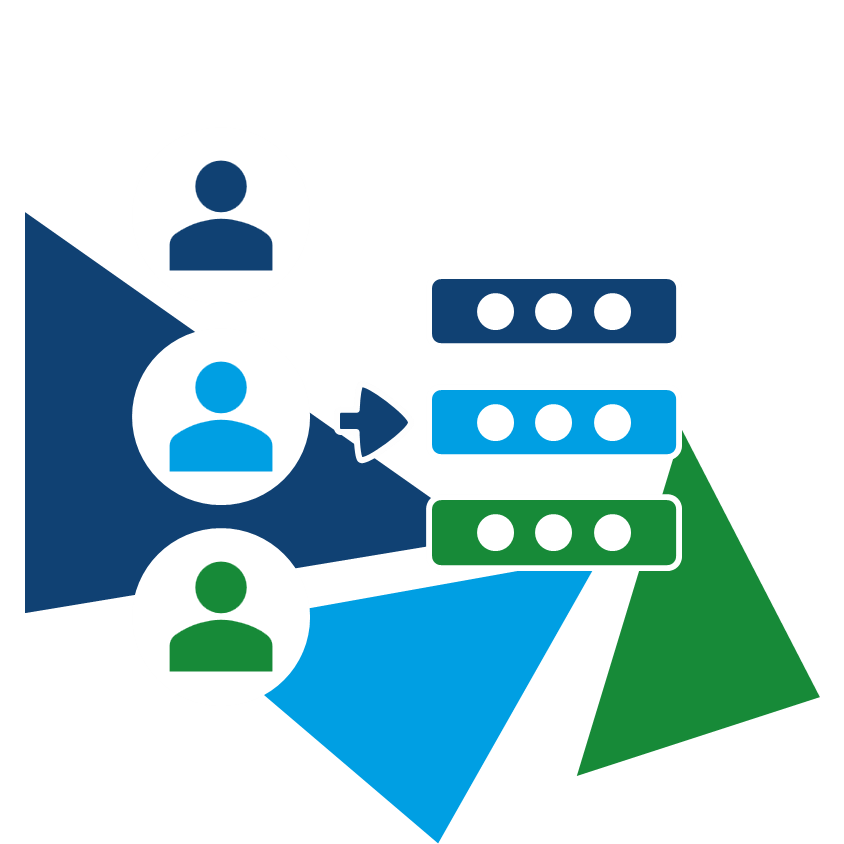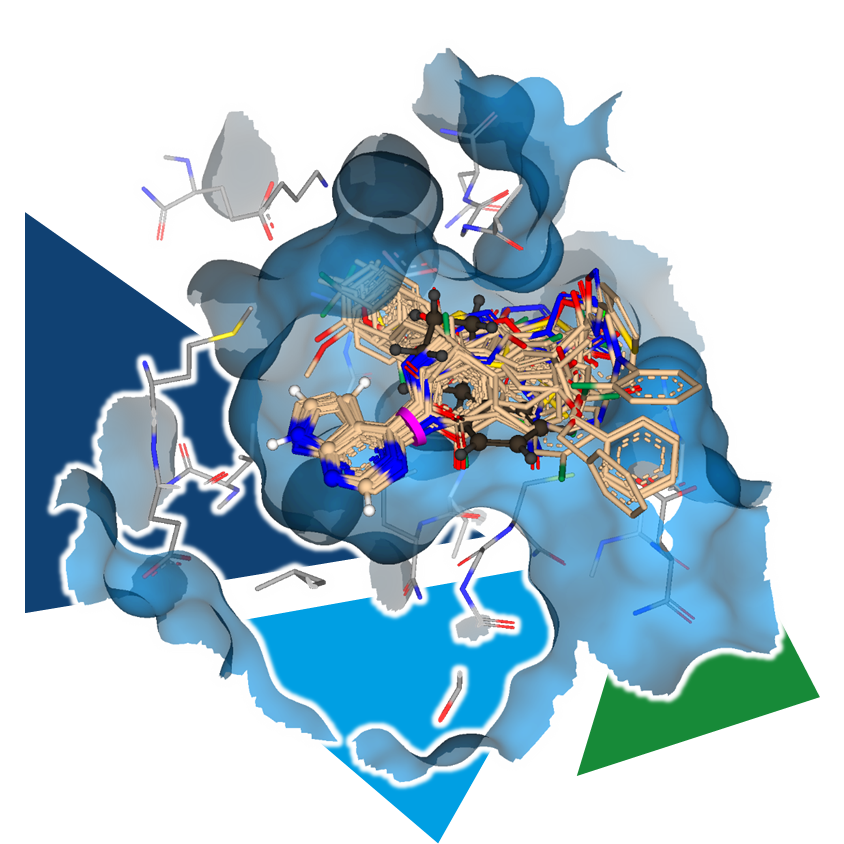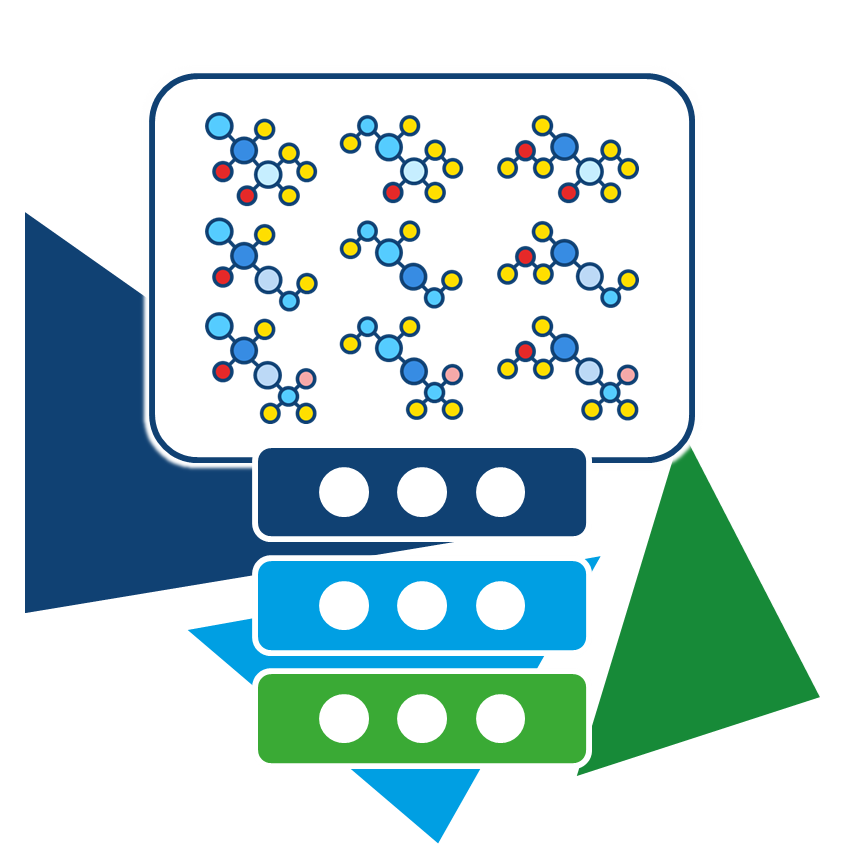As mentioned, molecule libraries can be used in a variety of ways. A more creative approach, for example, would be to use the molecules as growing fragments. In a structure-based scenario, they could be applied to build onto a ligand to see which fragments best complement the binding site.
This allows for maximizing the versatility of the compounds and gaining the greatest benefit from in-house structures. Quick screening methods could also be used to generate on-the-fly ideas and arrive at concepts that might not have been considered otherwise.
FastGrow is a tool that can both generate databases of molecular fragments and use them for compound extension. The sampling of hundred thousands of fragments together with several of their conformations for the best shape complementary solutions to satisfy a binding site takes only a few seconds on standard hardware.
Software for compound extension:
- SeeSAR: Visual, drug design dashboard for computational and medicinal chemists.
Command-line tools for compound extension:
